- Pound remains under pressure
- Sterling Euro bounced aggressively from the 1.2600 lows
The Eurozone PMI index was the worst in 13 months and that caused the Euro to twitch in a negative direction yesterday. Fears were expressed in many quarters that the Eurozone's fragile recovery could slip into stagnation. In fact France's PMI was into negative territory for the first time in a year.
US version of that service sector index, as published by the Institute for Supply Manager gave us a positive result for a change. The ISM's non-manufacturing index slipped from 53.5 to 53.4 but that was still on the right side of the 50 divide between positive and negative sentiment.
Today brings the US employment report for February. Roughly 200,000 new jobs are thought to have been created and wages are expected to have risen by a modest 0.1%. The USD has given up on some of the gains it made in the earlier part of the year but should extend those gains if the numbers are as per these forecasts. However, there is also a chance we will see the GBPUSD rate push up to $1.43 before that happens.
Other than the US employment data, the market is a quiet one today so we can all start switching off early and planning our weekends. If you haven't done anything about it yet, can I just say two words? "MOTHER'S DAY". You know what you need to do. Have a great weekend everyone.
AUD
GBPAUD remains in the downtrend this week – a succession of strong Aussie data meant that the Pound struggled to gain any momentum against the Dollar. Australian GDP, trade balance and retail sales figures were all decent figures and it’s now unlikely that the RBA will need to cut interest rates for the rest of the year. UK data conversely has been disappointing with manufacturing, construction and service sector data missing the mark and the Pound remains under pressure. In the run up to the EU Referendum on the 23rd June, the Pound is going to stay vulnerable to further weakness so trade accordingly. We would advise you to hedge your bets and trade a portion sooner rather than later.
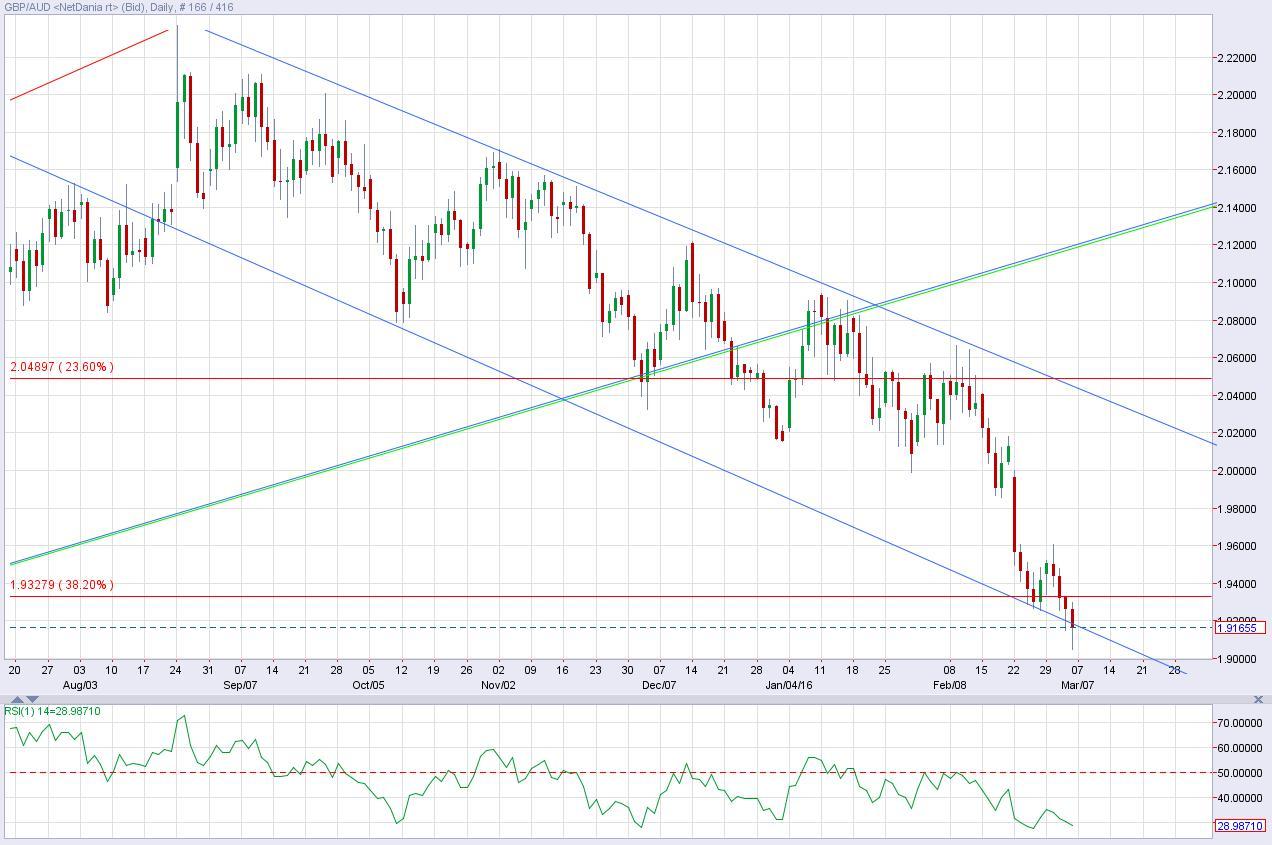
CAD
The Canadian Dollar has held below the 1.90 level against the Pound this week, On Wednesday, Canadian GDP data exceeded expectations coming out at 0.8% compared to a flat figure expected.
The Canadian Dollar sold off a little on Thursday and Friday following a bout of USD weakness.
For those looking to sell GBP and buy CAD before the June referendum, we would suggest biting the bullet and transferring a good portion of your funds at current levels as we expect the Pound to continue its rocky road in the coming months.
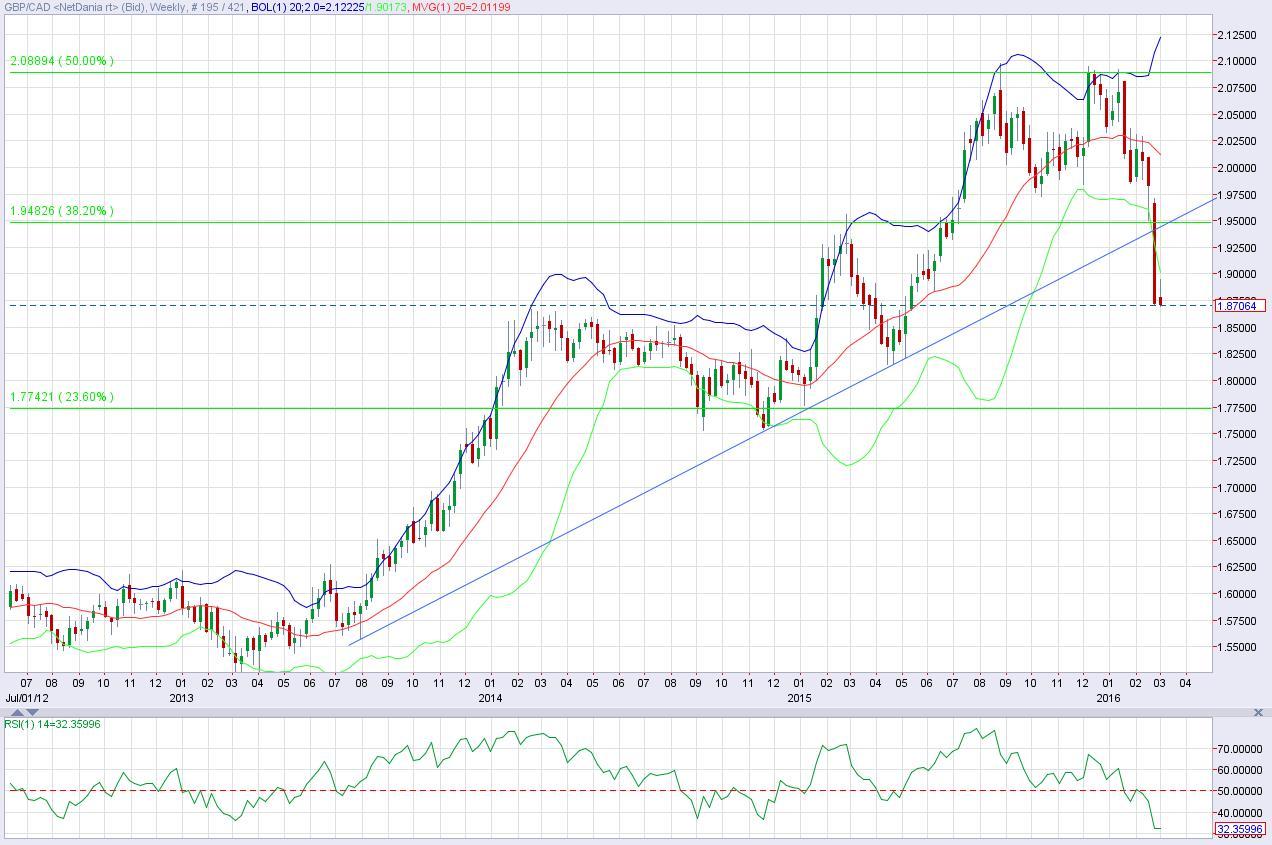
EUR
Sterling Euro has bounced aggressively from the 1.2600 lows seen in mid-February touching 1.3000 on an inter-bank level earlier this week. The market had been incredibly oversold on the back of renewed fears that Britain would vote to leave the Eurozone. Traders are beginning to re-price that risk although at the moment the current move is simply a correction rather than a change in sentiment. That may change, however, when the European Central Bank meet on the 10th March and decide to do something extraordinary to stimulate growth. Most are expecting at least a cut of the deposit rate further into negative territory. If they also increase quantitative easing both in scope and scale, then the Euro may well weaken significantly. On the flip side, if the market feels let down again, then the single currency will gain ground as traders begin to doubt the credibility of Mr Draghi.
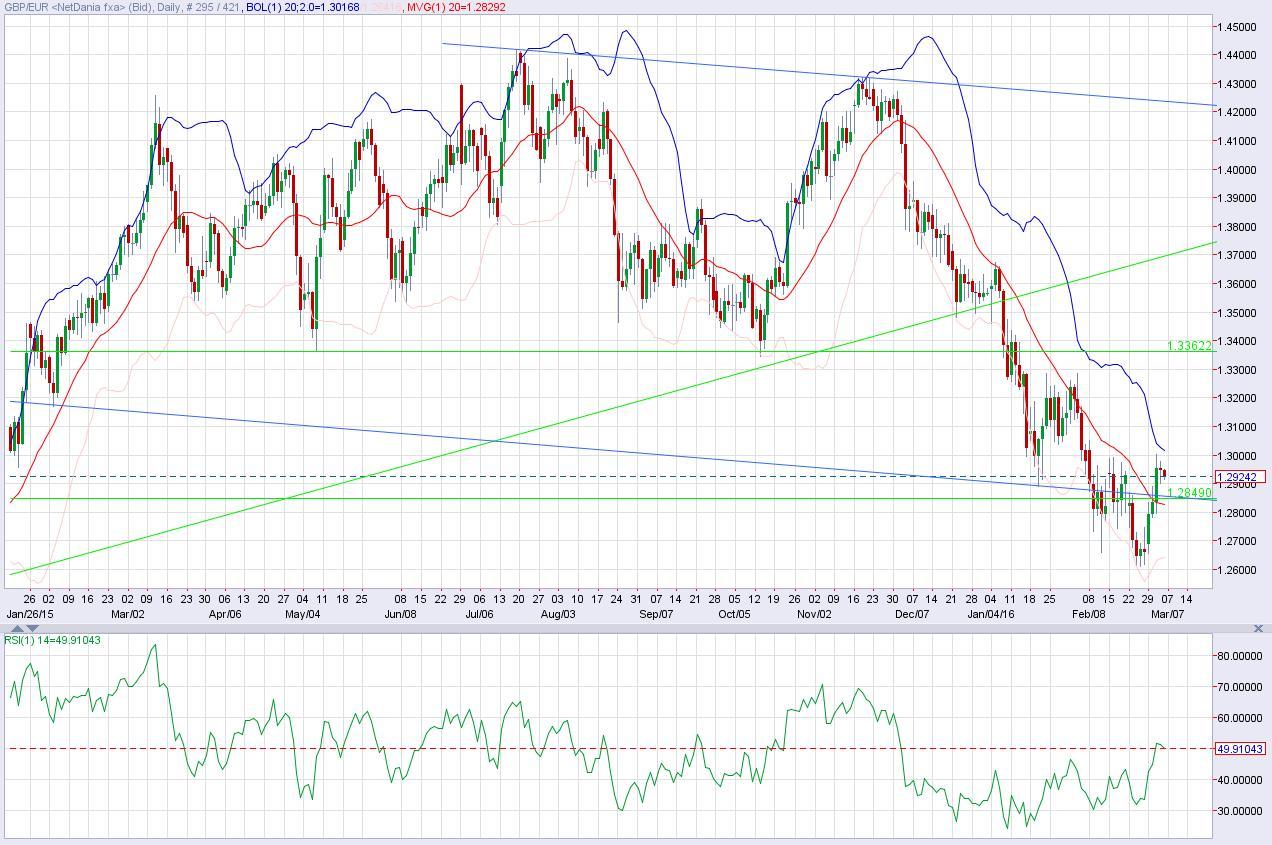
NZD
The downtrend in Sterling NZD continued this week. The NZD strengthened after diary prices rose 1.4% the first time this year which is another piece of evidence of an improvement in the NZ economy which would reduce the need for RBNZ to ease any further. Commodity currencies were also supported by the Central Bank of China cutting their reserve requirement ratio helping to spur easier credit conditions. Sterling on the other hand hasn’t fared so well, with the EU referendum looming, this has weighed on the GBP as investors are planning for the worst by hedging against a fall in the value of the Pound. This week’s data clearly showed that the uncertainty of a possible Brexit has already affected confidence in the UK economy. With both the service and manufacturing sectors growing at their slowest pace in nearly 3 years, the construction sector also at its lowest in 10 months. We still remain bearish on the GBPNZD as the downtrend remains intact.
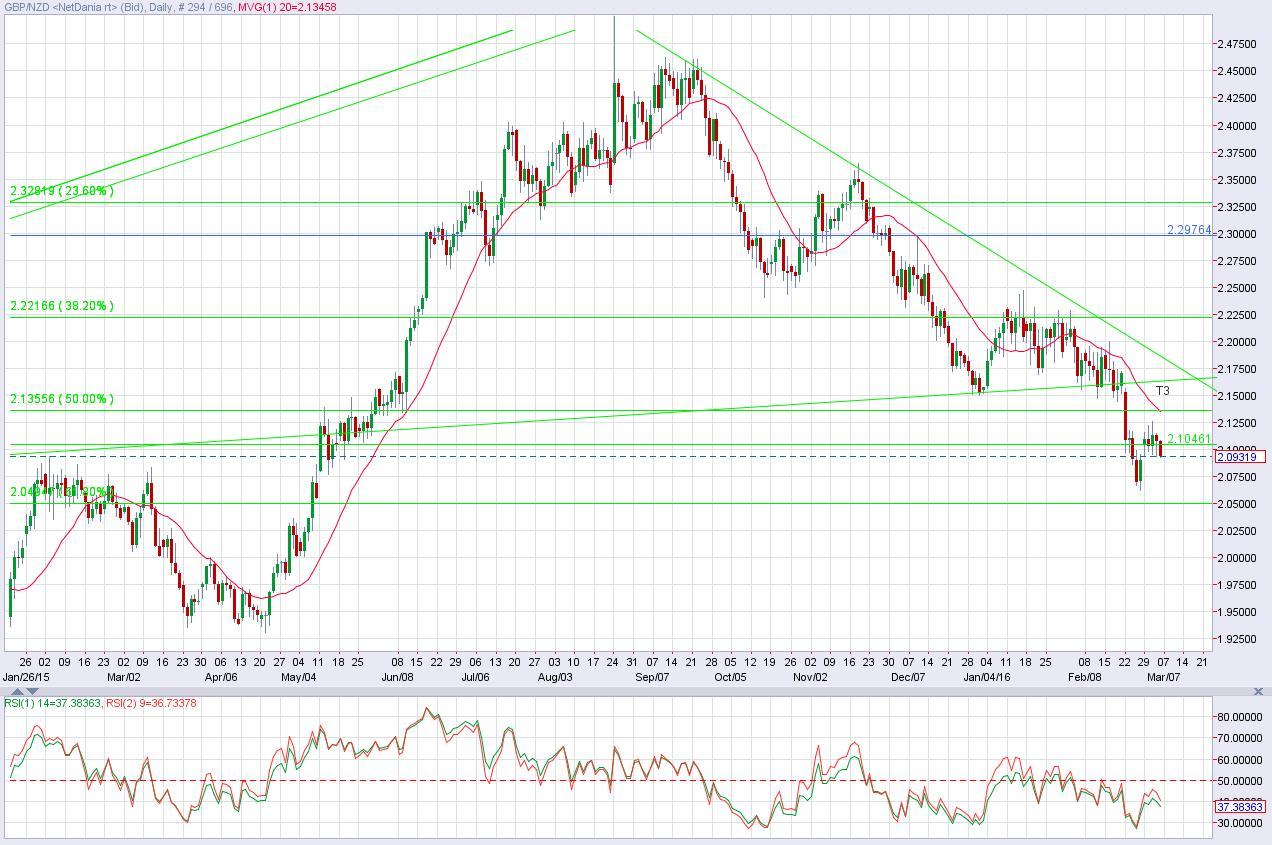
USD
The Pound has gained some ground over the Dollar during the course of the week as traders pare back bets that the Pound will lose ground if British voters decided to leave the European Union. The recent drop had looked a little overstretched particularly as we are still 4 months away from the referendum. Strong US data today as Non-Farm payrolls came in at 242k versus an expectation of only 200k failed to trigger a Dollar rally and for now it looks like we will enter next week within current trading ranges. The Sterling Dollar exchange rate is likely to trade sideways as attention is focused on the ECB next week.
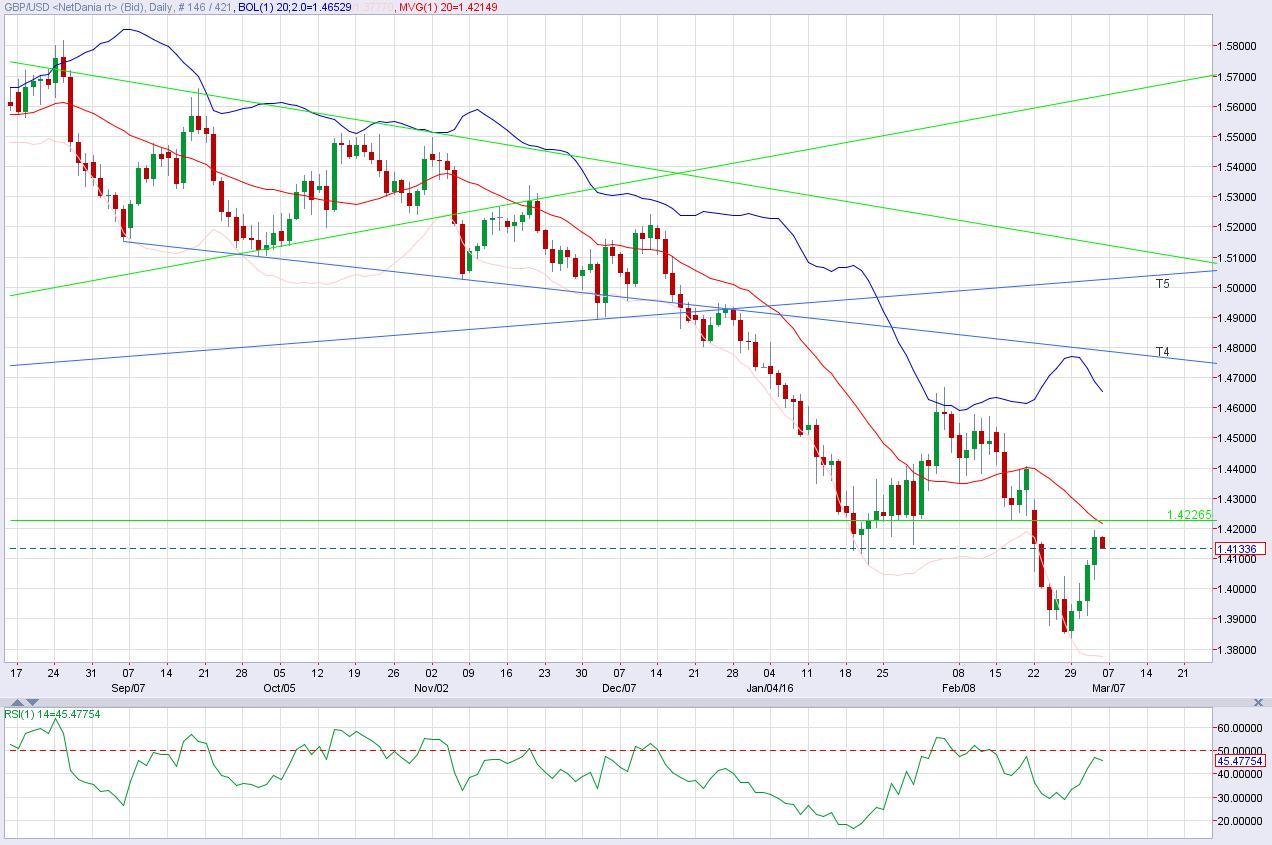
Trading foreign exchange on margin carries a high level of risk, and may not be suitable for all investors. The high degree of leverage can work against you as well as for you. Before deciding to invest in foreign exchange you should carefully consider your investment objectives, level of experience, and risk appetite. The possibility exists that you could sustain a loss of some or all of your initial investment and therefore you should not invest money that you cannot afford to lose. You should be aware of all the risks associated with foreign exchange trading, and seek advice from an independent financial advisor if you have any doubts.
Recommended Content
Editors’ Picks
EUR/USD clings to gains above 1.0750 after US data

EUR/USD manages to hold in positive territory above 1.0750 despite retreating from the fresh multi-week high it set above 1.0800 earlier in the day. The US Dollar struggles to find demand following the weaker-than-expected NFP data.
GBP/USD declines below 1.2550 following NFP-inspired upsurge

GBP/USD struggles to preserve its bullish momentum and trades below 1.2550 in the American session. Earlier in the day, the disappointing April jobs report from the US triggered a USD selloff and allowed the pair to reach multi-week highs above 1.2600.
Gold struggles to hold above $2,300 despite falling US yields

Gold stays on the back foot below $2,300 in the American session on Friday. The benchmark 10-year US Treasury bond yield stays in negative territory below 4.6% after weak US data but the improving risk mood doesn't allow XAU/USD to gain traction.
Bitcoin Weekly Forecast: Should you buy BTC here? Premium

Bitcoin (BTC) price shows signs of a potential reversal but lacks confirmation, which has divided the investor community into two – those who are buying the dips and those who are expecting a further correction.
Week ahead – BoE and RBA decisions headline a calm week

Bank of England meets on Thursday, unlikely to signal rate cuts. Reserve Bank of Australia could maintain a higher-for-longer stance. Elsewhere, Bank of Japan releases summary of opinions.